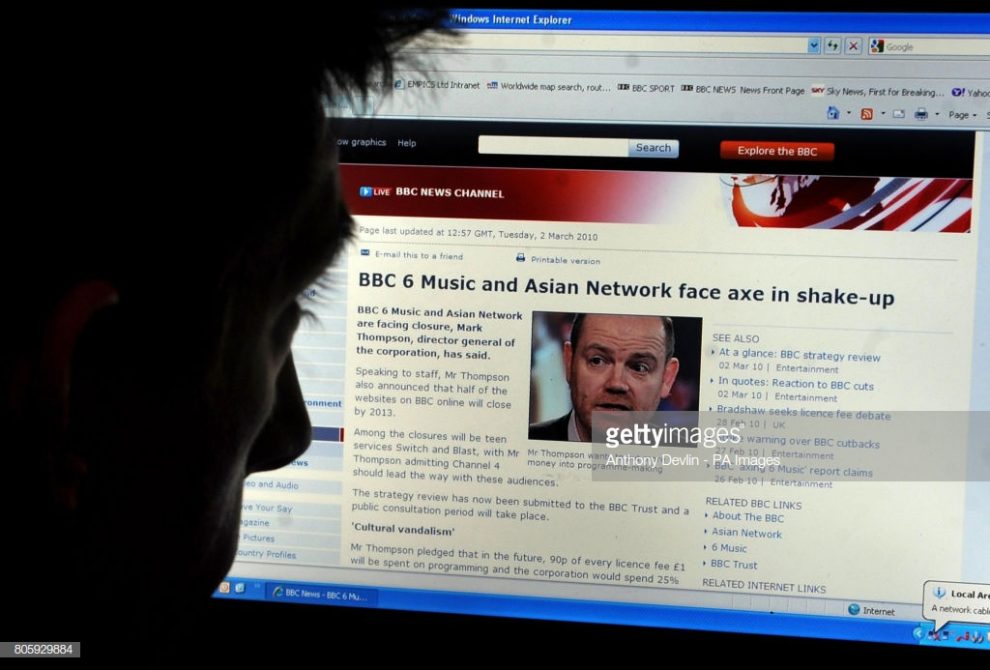Do you run with a story or not – and if so what’s the ‘correct’ angle? When editing the BBC News website, you need to be aware that the story will remain in the BBC archive – so be sure of your reasoning. Inga Thordar has been a front-page editor since 2011.

Inga Thordar outlines the decisions that have to be made and what she has to take into account before the page is seen by millions of users:
As most editors agree – editing on any platform is an art and not science. But because of the intense scrutiny the website receives, it can often feel like the latter – not least because one top line always has to be chosen to make up the very visible 33-character headline on the homepage. And that makes working on the site very different from more traditional BBC broadcast platforms.
The working day
The day begins with a team meeting to discuss approaches to the main stories of the day, any added value that can be brought to the front page, in terms of sidebars and visual content, and of course how to approach the actual news story. This often means collaborating with other parts of the website such as the world team, specialists, English regions or nations.
To avoid any duplication, the team leaders meet every morning with the editor of the News website. It’s also a forum to explore whether a particular story could benefit from a more specialist treatment and/or ‘explainers’ from one of the experts.
“Part of the front page editor’s daily work is to make sure material is promoted and produced to fit new emerging platforms”
The 2010 website redesign provided a great armoury of tools to add short-form analysis, explainers or fact boxes to news stories. These are a way of adding value to stories without having to write a full-length analysis piece – which is appreciated by correspondents (they have less to write) and audiences (it aids comprehension and therefore engagement). Most stories now have one of these short-form explainers.
Monitoring
Online journalism is unique in the way it interacts with audiences.
LiveStats can be used to monitor which stories are popular from hour to hour. It’s an invaluable tool for understanding how to promote material and tailor it to different audiences at different times of the day.
The BBC News site’s peak hours are still around lunchtime in the UK, so the team always aims to have its best material up in time, although it increasingly concentrates on the peak hours for mobiles and tablets: early mornings and evenings. More on that later.
It’s important to keep the site moving with different stories and images throughout the day. Great emphasis is put on being creative with pictures both in the body of a story and at the index level.
At the same time, the News front page needs to reflect the top stories at any given moment. One of the great things about the web is that it’s non-linear, unlike traditional broadcast media, so there’s scope to reserve the third slot for a different kind of story – for example, from the science, technology or entertainment team.
Emerging platforms
Mobiles and tablets are increasingly important to the News website’s output and part of the front page editor’s daily work is to make sure material is promoted and produced to fit new emerging platforms.
Social media is also increasingly important. The UK team now has a dedicated writer every day whose task it is to find an imaginative way to promote content in no more than 140 characters. The team tries to make this as varied as possible with a good mixture of news, features, analysis and the all-important breaking news.
The final task of the day is normally to look at what’s coming up the following day. Having material prepared for any big stories is very beneficial and often leads to much better content.
Source: BBC Academy











